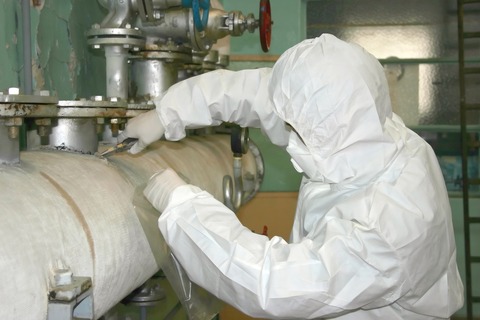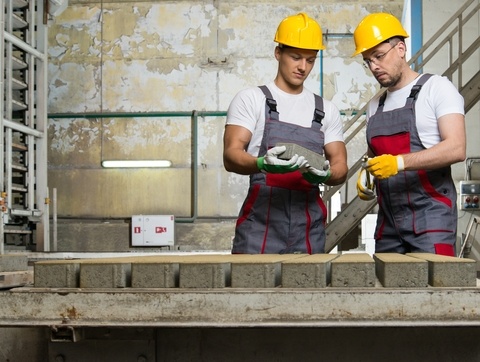Occupational Asbestos Exposure: The Need for Standardized Assessment
A new report shows how important it is to have a standardized way to assess occupational asbestos exposure in people with mesothelioma. Malignant mesothelioma is almost always caused by exposure to asbestos. Usually, that happens in the workplace. But sometimes, even the worker has no idea how or where he or she was exposed. This is especially true in industries not normally associated with occupational asbestos exposure. The new Italian case study of a trucking worker who developed pleural mesothelioma illustrates the point. Some Occupations Pose a Higher Mesothelioma Risk Than Others Before scientists discovered how dangerous it was, asbestos was a common additive to many products. Industries prized the fibrous mineral for its strength, heat and corrosion resistance, durability,…









